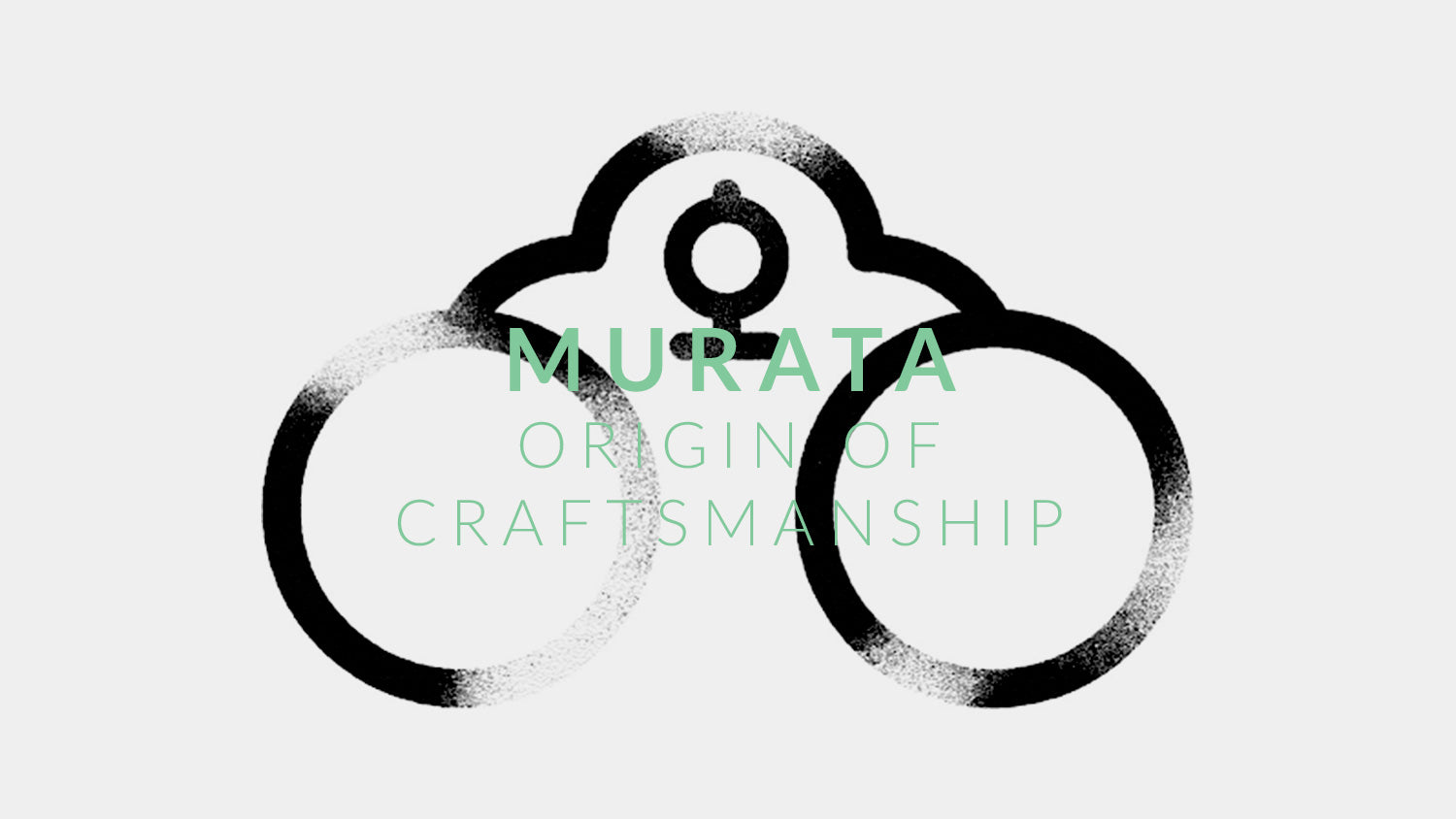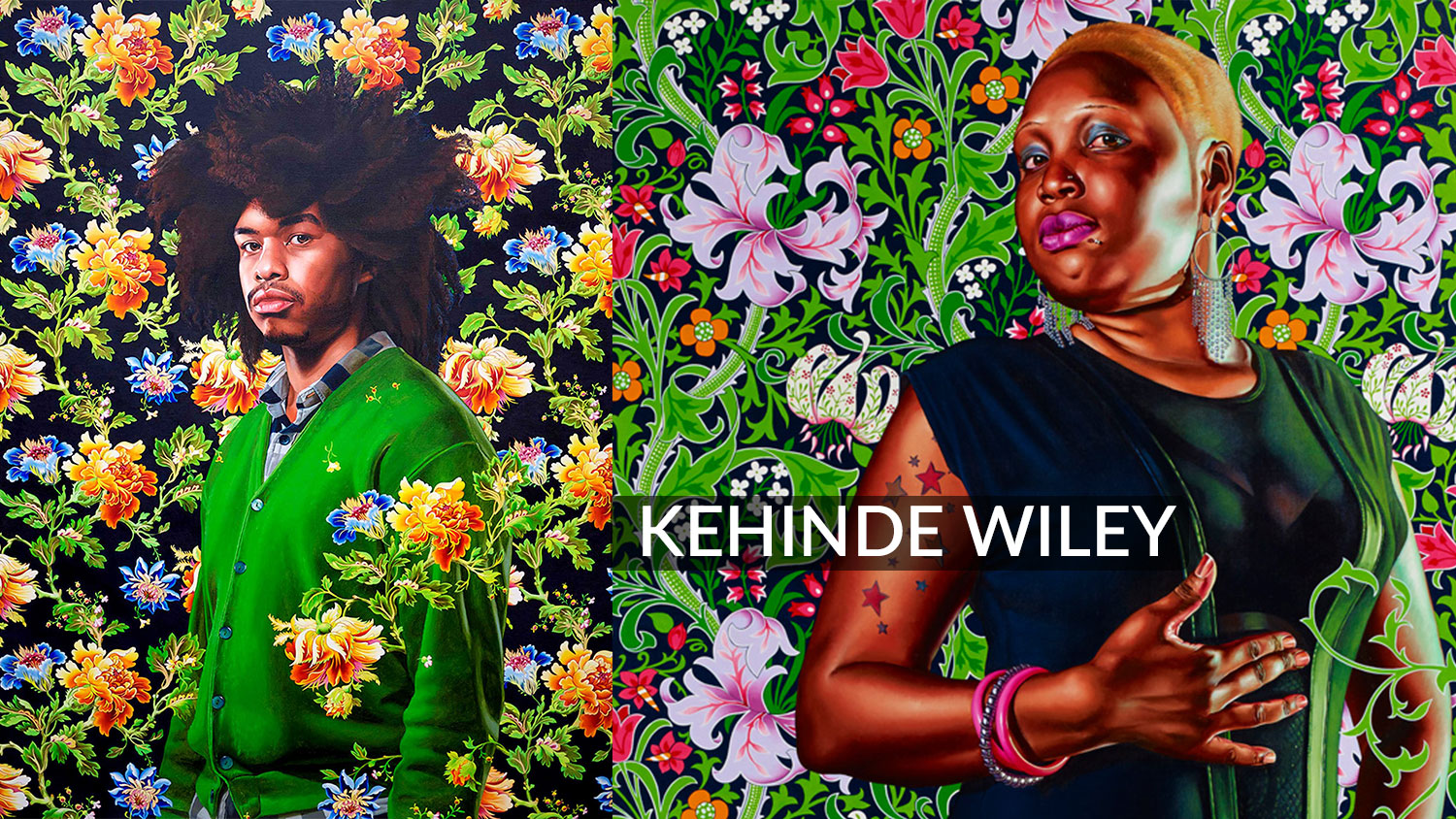
Murata - The Eyewear legend closes its doors
Eyewear making is an old craft that has been passed down generations. While we utilize variations of modern technology in our manufacturing process, we at Lowercase try to learn and are continually be inspired by makers and expertise that came before us. When we recently learned that one of the world’s oldest frame makers from Japan had closed, we took it as a bitter/sweet reminder of our commitment to this long-established craft and to our position within it.

Serving the Imperial Family and many of the most prominent Meiji writers, Murata Gankyoho was famous for manufacturing high-quality, custom-made frames. The company was originally founded in 1615 as a mirror maker that supplied the ruling Tokugawa Shogunate. It specialized in making wakagami, or Japanese mirrors, that were made by rubbing mercury on a sheet copper. Rather than functional items, these mirrors were a status symbol for established families, custom made with the family crest and sent with their daughters when they married. By the mid-1800s, Japan began importing western mirrors that were much more clear than Japanese ones that didn’t have great visibility. As the market for Japan-made mirrors faded, that was when Murata turned to the new market of eyeglasses.

At the start, glasses were sold as fashion items in urban cities like Nagasaki but it hadn’t become common for people to wear them for practical, everyday use until the mid Meiji period. There were also only a handful of craftsmen who could manufacture glasses. But seeing a business opportunity in the spreading demand, the eleventh generation Murata owner, Chobei, somehow found his way to master the art of eyewear manufacturing, and opened the first store in 1872 in the heart of Nihonbashi shopping district of Tokyo.

As glasses become more popular, Murata’s bespoke frames quickly grew popular among the members the Imperial Household as well as many of the country’s leading elites and artists. Of the most famous were literary legends including Hirofumi Ito, Soseki Natsume and Toson Shimazaki.

While the company offered a fixed collection, Murata was always famous for making customized glasses. Records of all customers were carefully kept as they came in for fixes and adjustments once every two or three years.
“Custom frames require a lot of delicate handwork and great skills,” the fifteenth head, Kan Murata said in a magazine interview. “But if something is well made, you will learn to appreciate it for its beauty and long-lasting durability.”

Murata’s iconic designs included round frames with curved temples like those popular in the Meiji period. Many of their custom frames use gold as the main material.

“With the passing of the latest president, it has become difficult to continue our current business and pass on the craftsmanship that we have cultivated for many years,” said a letter sent to customers when the company announced its decision to close down in March 2018. A smaller optical store has taken on the legacy to service all existing Murata frames and cater to long-time fans that have adored the craft for so long.
Shop Crafted Frames:
The Marlton Limited
The Irving






